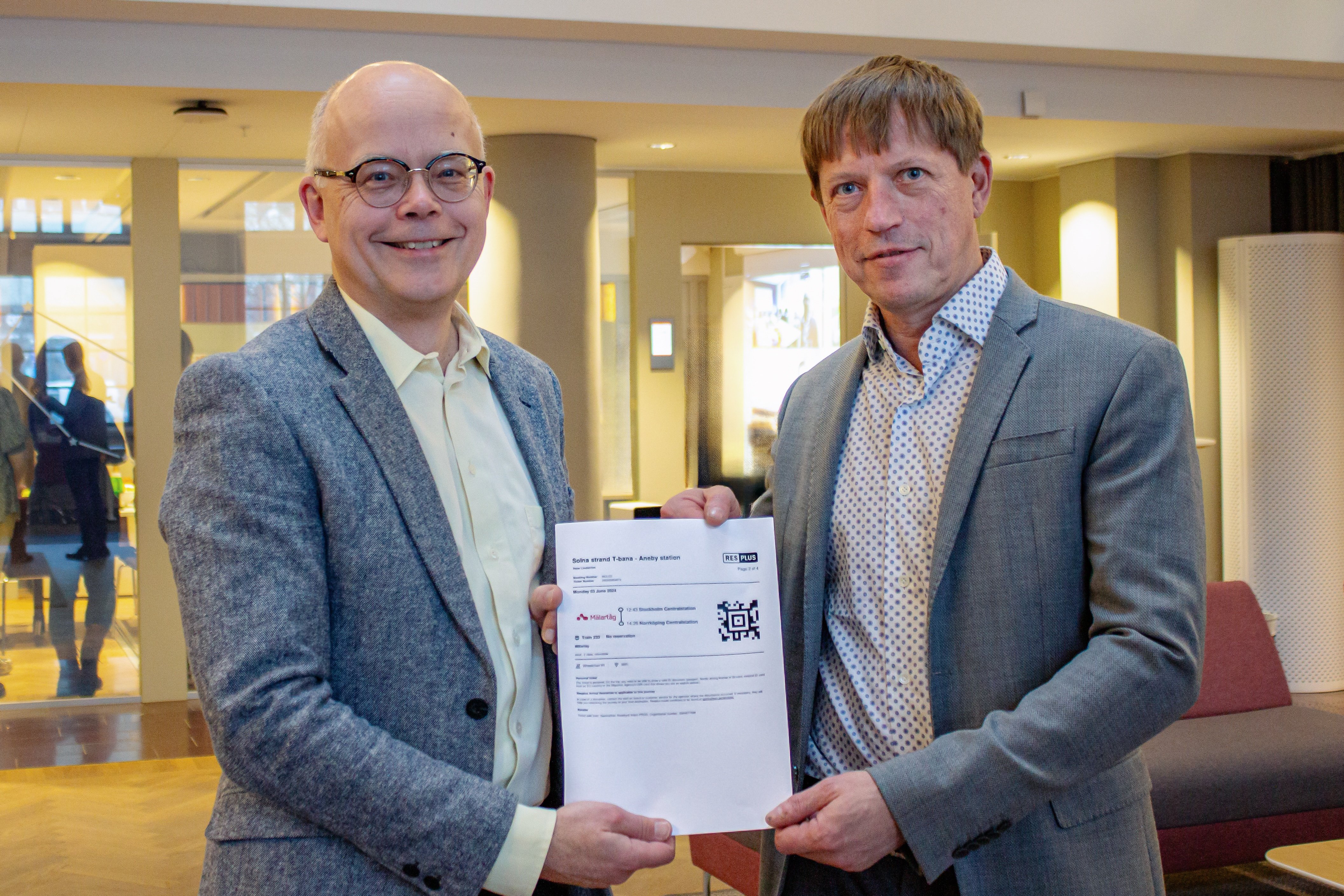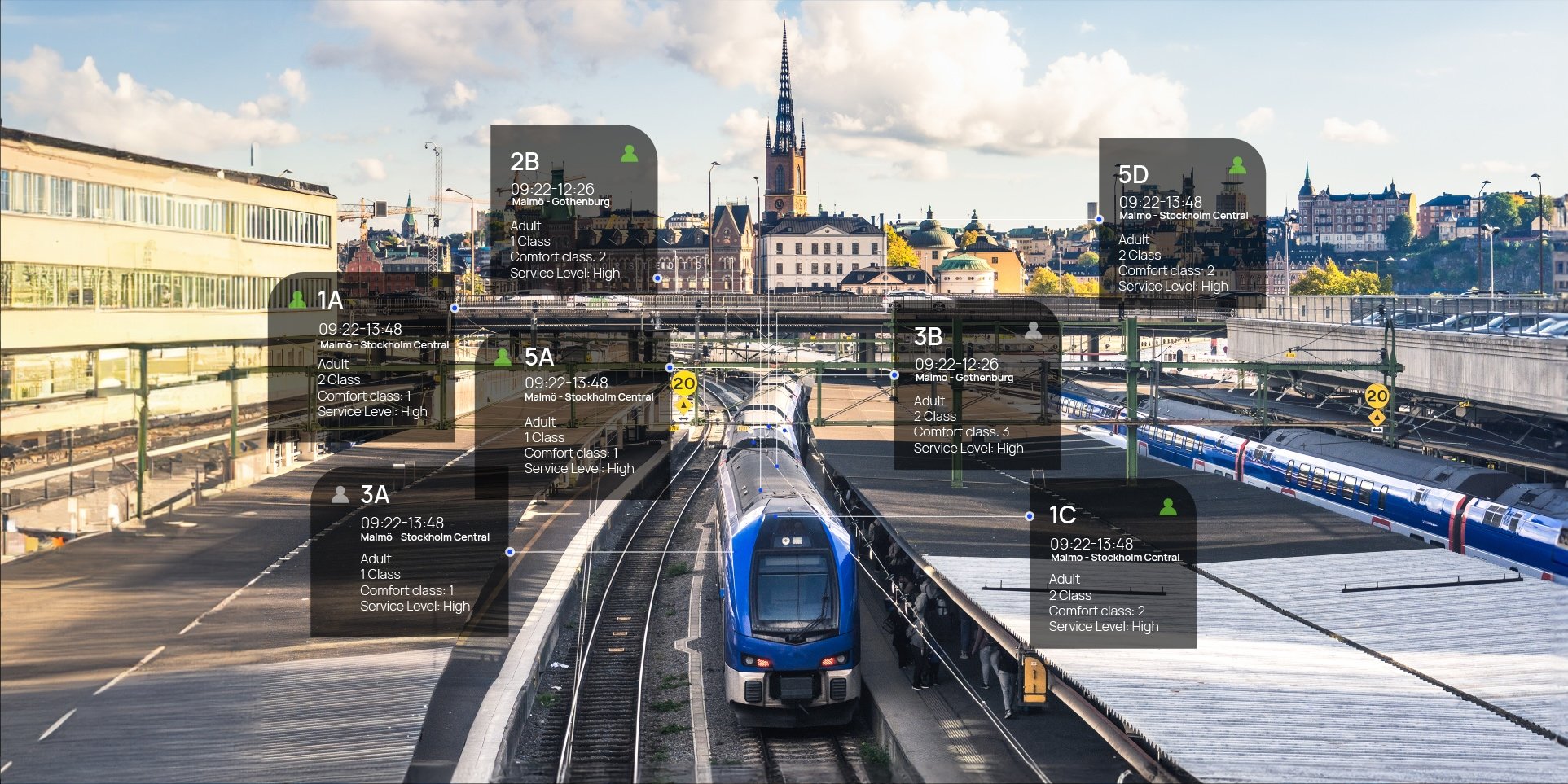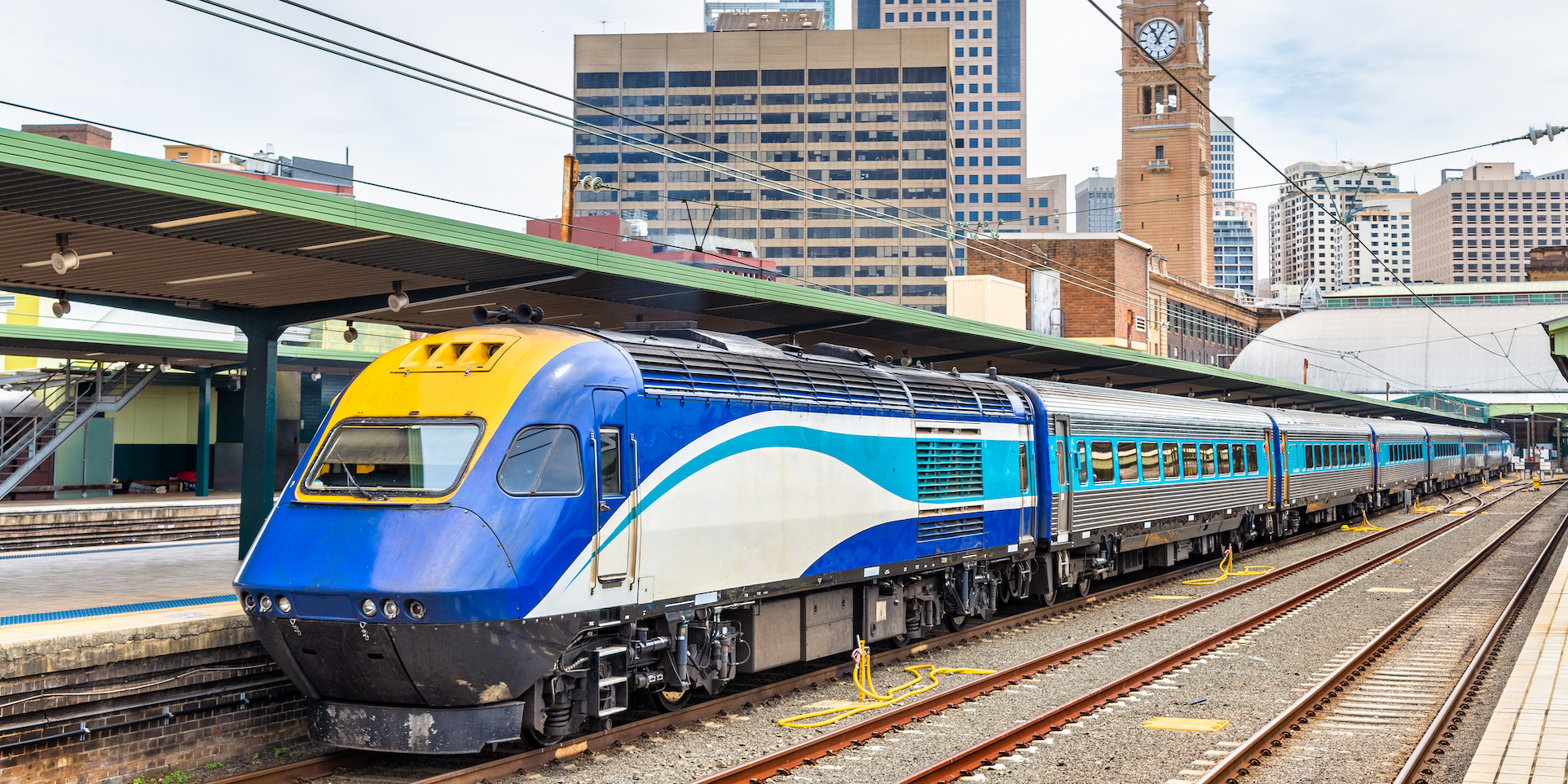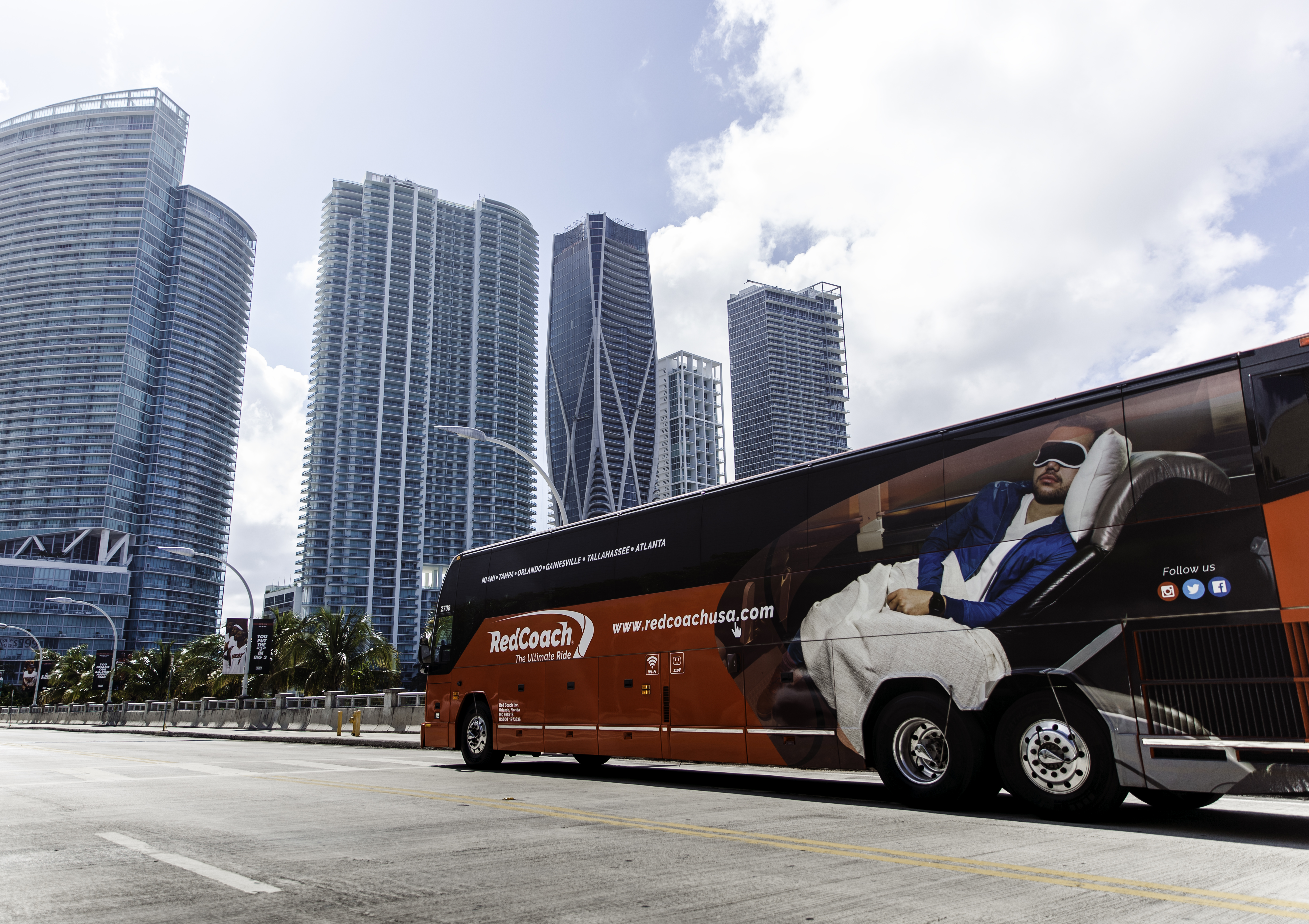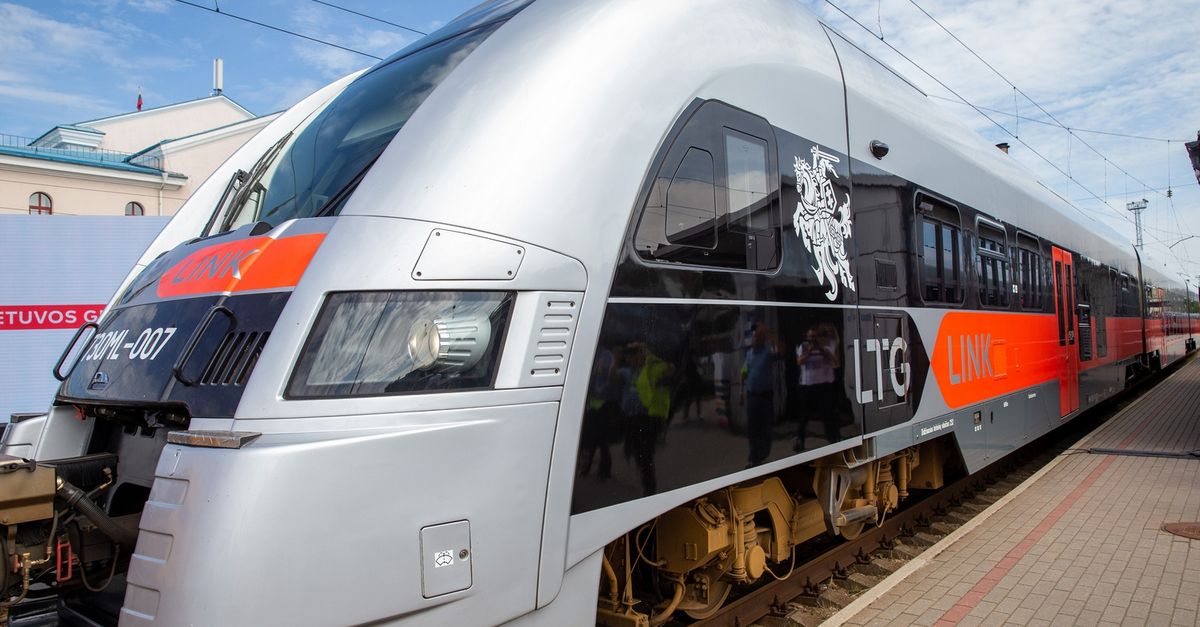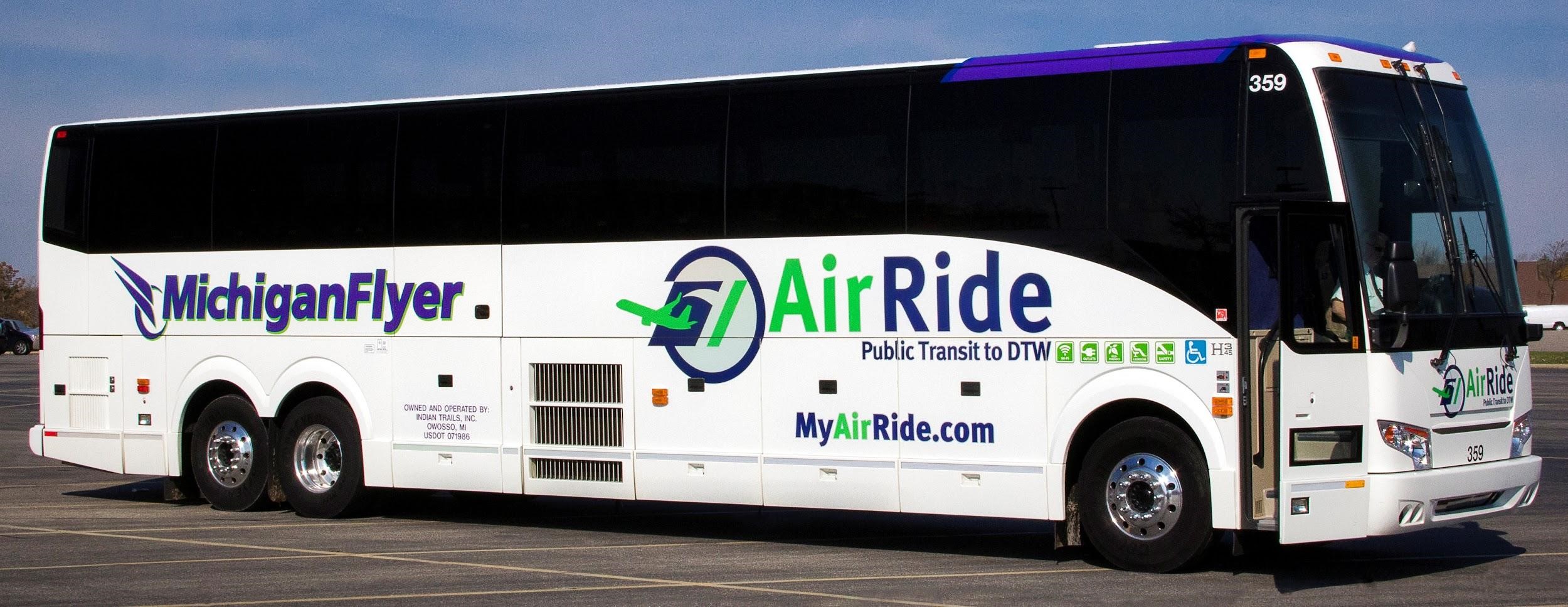The Differences Between a Bus Ticket Reservation and a Bus Ticketing System
If you are an intercity passenger transport operator, you might know by now that one of the keys to the success of your business is an up-to-date and efficient bus ticket reservation system. Or was it a bus ticketing system?
Especially online, expressions like “ticketing system” and “reservation system” are often used as synonyms. In reality, the terms imply different functions and refer to related, but distinct sectors.
This post sheds light on the differences between a bus ticketing and a bus ticket reservation system in the travel sector, particularly in the passenger bus industry. Its goal is to clear some of the confusion that their undifferentiated use generates.
What Is a Ticket?
It might seem like a question with an obvious answer: what is a ticket?
A ticket, or travel document, in the context of passenger transport industry, is a token that proves that an individual has acquired the right to use a service of public transportation such as bus, train, ferry etc., according to terms agreed between the service provider and the passenger.
So far, there seems to be little space for confusion. Yet, urban transit system and intercity industry both charge a fare, but the tickets in these two contexts are different, and so are the ways in which those tickets are usually sold.
The peculiar characteristics of each of these transportation services determine the differences between local bus tickets sales and intercity bus tickets sales. Because the local and intercity transportation have different purposes, regulations, and are often managed by different institutions, the terms and methods in which these two kinds of tickets are sold also change radically. For example, local bus transport is often the responsibility of local governments, while intercity transportation is often managed by commercial businesses.
Differences between Local and Intercity Transportation Tickets
First off, the amount of passengers that the vehicle can carry is different. Urban transit buses have a varying amount of standing places to accommodate more passengers when all seats are taken. This means that there is no specific set of seat inventory necessary to keep count of.
On the other hand, long-distance buses have a limited number of seats due to safety concerns. While city transit buses travel at relatively low speed, intercity buses travel at much higher speed, making standing in the vehicle during intercity trips potentially dangerous. This is why, in most countries, road regulations forbid to sell standing places on long distance coaches.
Directly related to the issue of speed, also the frequency of stops and the length of a passenger’s permanence on board affect the question of seats and safety. City buses make frequent stops and the time spent on a city bus is shorter, while long-distance buses make fewer stops and the time a passenger spends in the vehicle is longer.
As a general rule, local transport rides are more frequent than long-distance ones. Thus a fare paid for a local bus ticket (or tram, subway and other means of urban transport) might be valid based on a certain time unit or a certain travel zone. Such tickets can be used regardless of the time and are often interoperable across different modes of transport available in the urban region. For many reasons, local transportation tickets need validation either on board or at the stop. As this process should be as easy and fast as possible, most common ticket medium in urban transport today is a contactless smart card that carries the ticket on a microchip.
Intercity coach tickets, on the opposite, are more often contextual to a specific ride, departing on specific date and time. After that specific trip has departed, the travel ticket is in general no longer valid. Long-distance trips are usually also taken more randomly and are not typically considered as “commuter services”.
As a consequence of these important differences, the fares types and the pricing models also differ a lot. Urban bus fares are generally quite low in comparison to intercity fares, which can be 5 - 10 times higher or even more, depending on the distance driven.
Differences in Sales and Pricing Models for Local and Long Distance Buses
While both long distance and local transportation operators offer an advance sale of tickets, the reasons for pre-sale are different for the two services. In the urban public transportation, it is possible to buy in advance a ticket which, as mentioned above, is not dependent on a specific ride but needs validation on board. Buying a ticket beforehand helps to make boarding faster and more convenient for the passengers and the drivers.
The question is more complex in the long-distance situation. Because of the limited availability of seats in intercity buses, advanced reservation is more important. Buying a ticket beforehand usually guarantees that there will be a place on the bus on the specific date and time for the desired journey. In more advanced bus ticket reservation systems, passengers can even book a specifically located seat or make sure passengers travelling together can seat next to each other.
At the same time, advance reservations provide the operators with precious information on the actual demand for trips to prepare their seat inventory and pricing model as accurately as possible. Modern central reservation systems with real-time inventory management assure that every seat is always accounted for and avoid any overbooking of vehicles. When booking online, operators usually get the passenger's contact information, allowing them to communicate with the customers before the departure.
Pricing models reflect this complexity even further: an intercity reservation system must take into account a great number of different parameters such as origin, destination, date and time of the trip. Long distance bus operators can ask for a higher price for tickets sold on certain high-demand dates or times, offer discounts on tickets bought more in advance, or even apply dynamic pricing according to the filling rate of every specific bus. Such complexity doesn’t exist in urban transport ticketing systems.
Conclusion
Almost all transport modes use ticketing systems as a source of their revenue. Yet, the specific categories of ticketing systems are named based on the purposes and levels of complexity. A ticketing system in urban transport environment also called an Automated Fare Collection (AFC) system, processes usually a big volume of simply-structured ticket transactions.
On the other hand, intercity transport operators use the term "bus ticket reservation system" due to the nature of pre-booking or reserving a specific seat in the vehicle. In such systems, the volumes of single-ride tickets compared to AFC systems are 5-10 times smaller, yet the data structure and time of selling one ticket transaction is much more complex. For this reason, AFC and reservation systems are often developed and supplied by different technology providers and even considered different industries.


